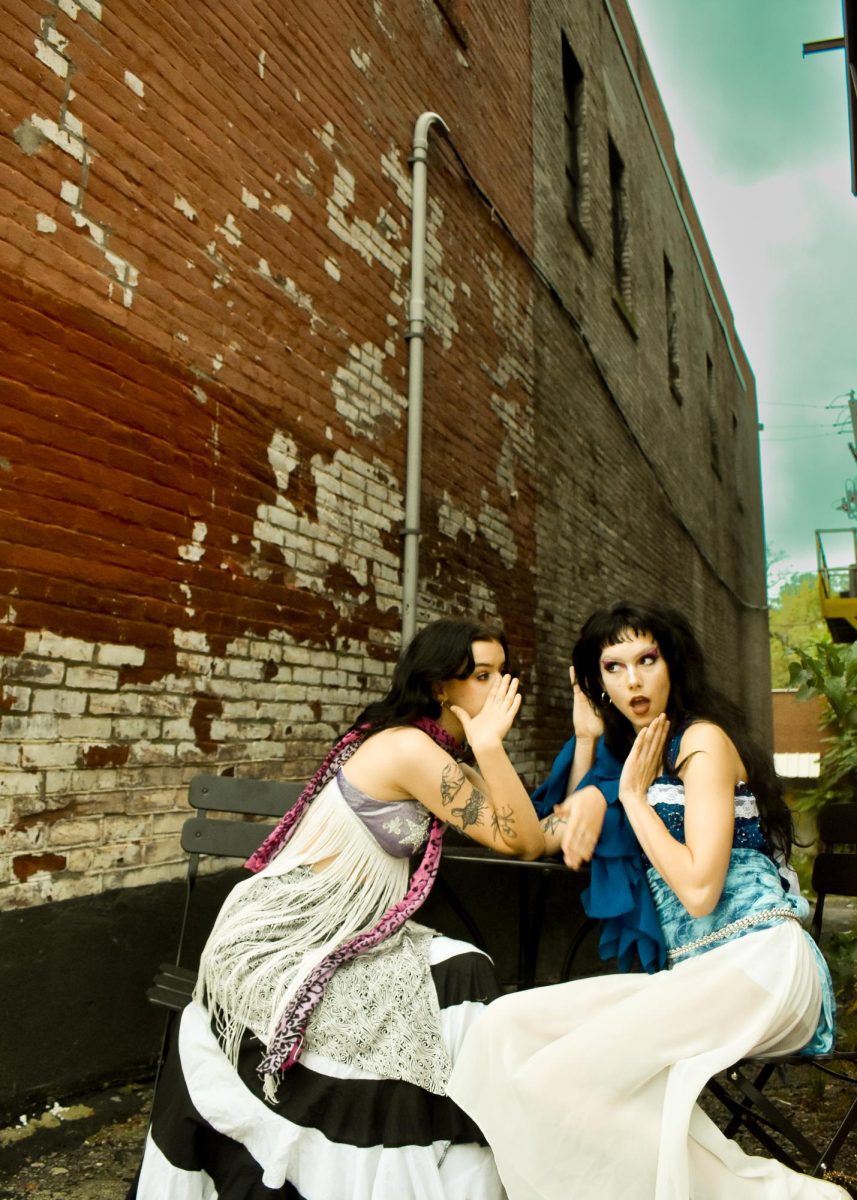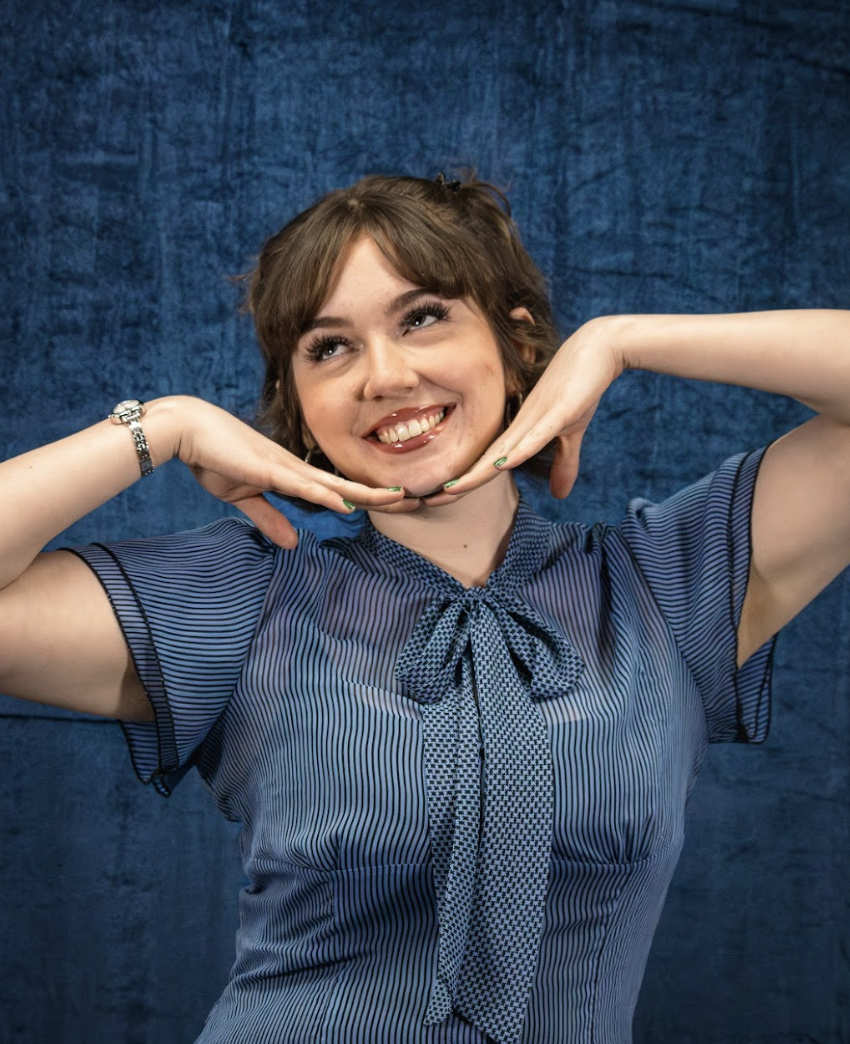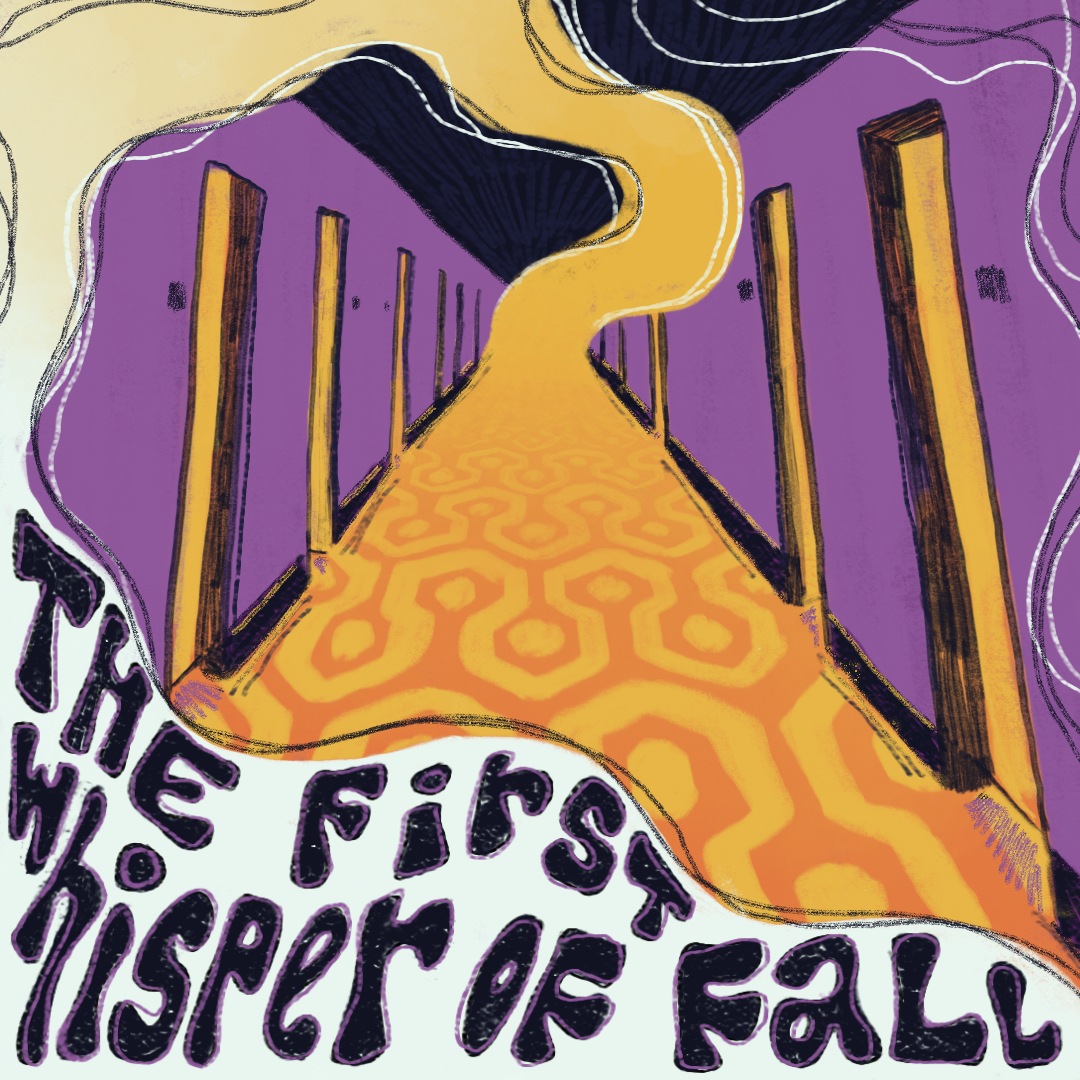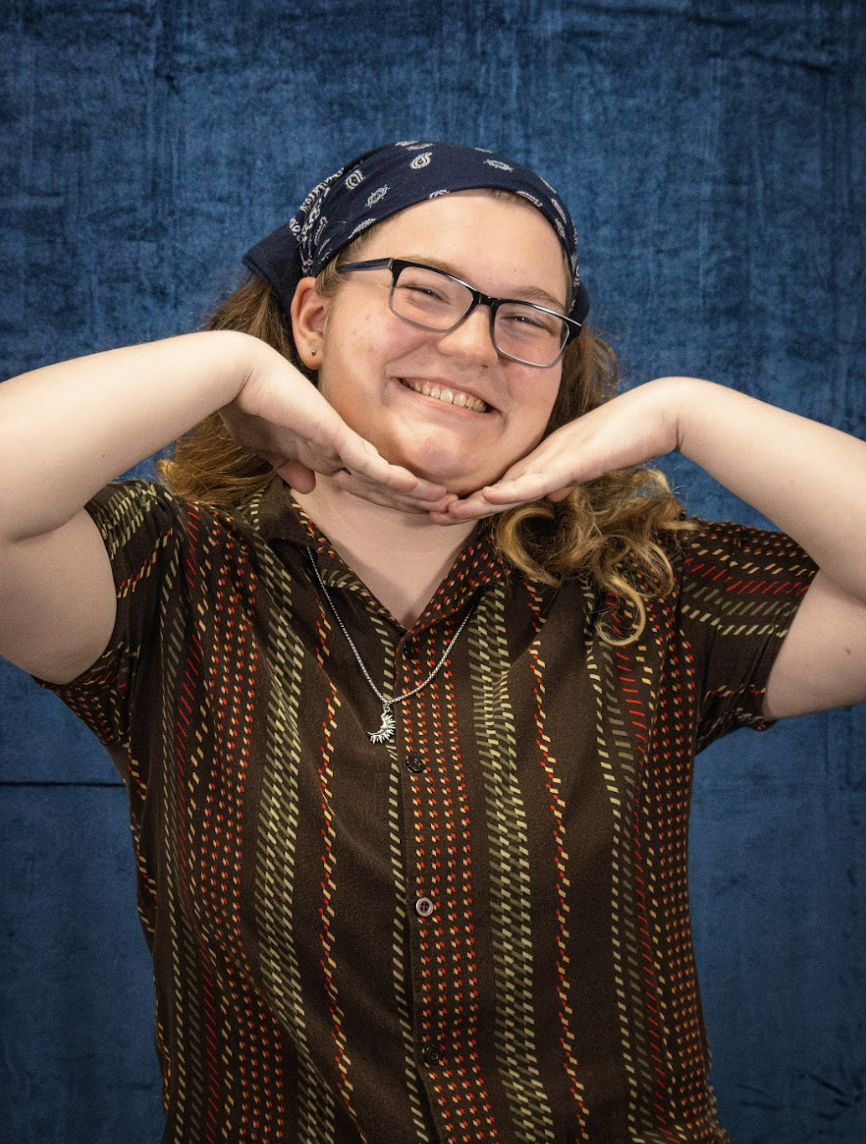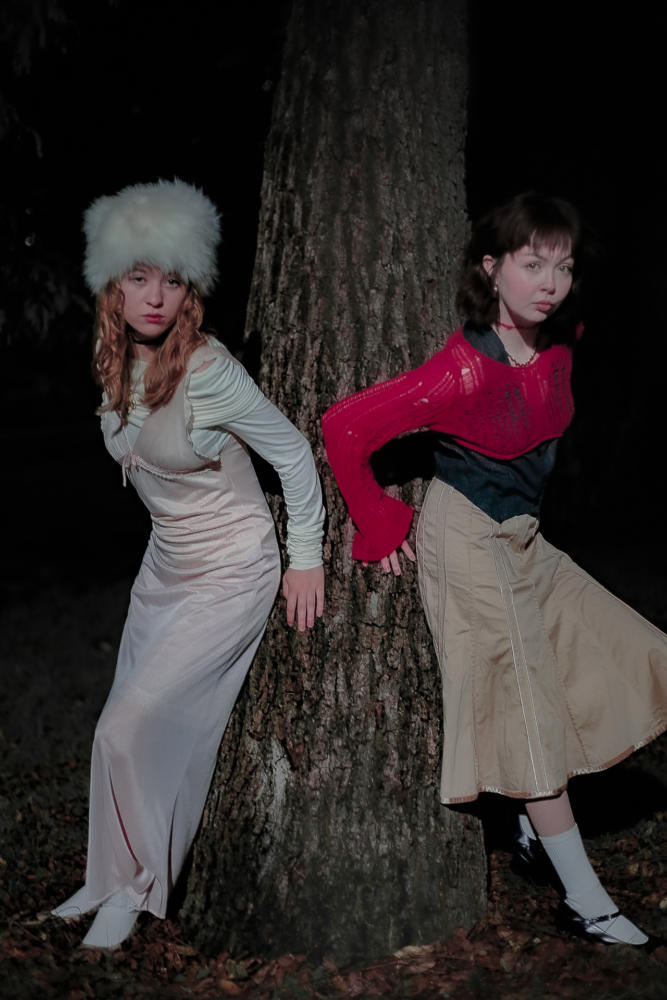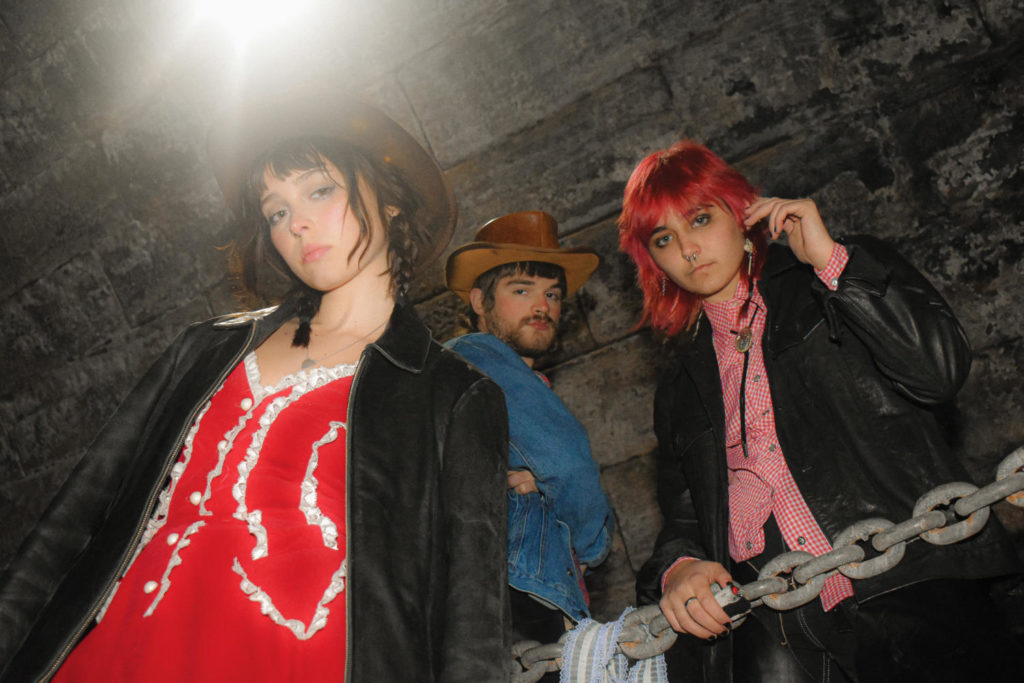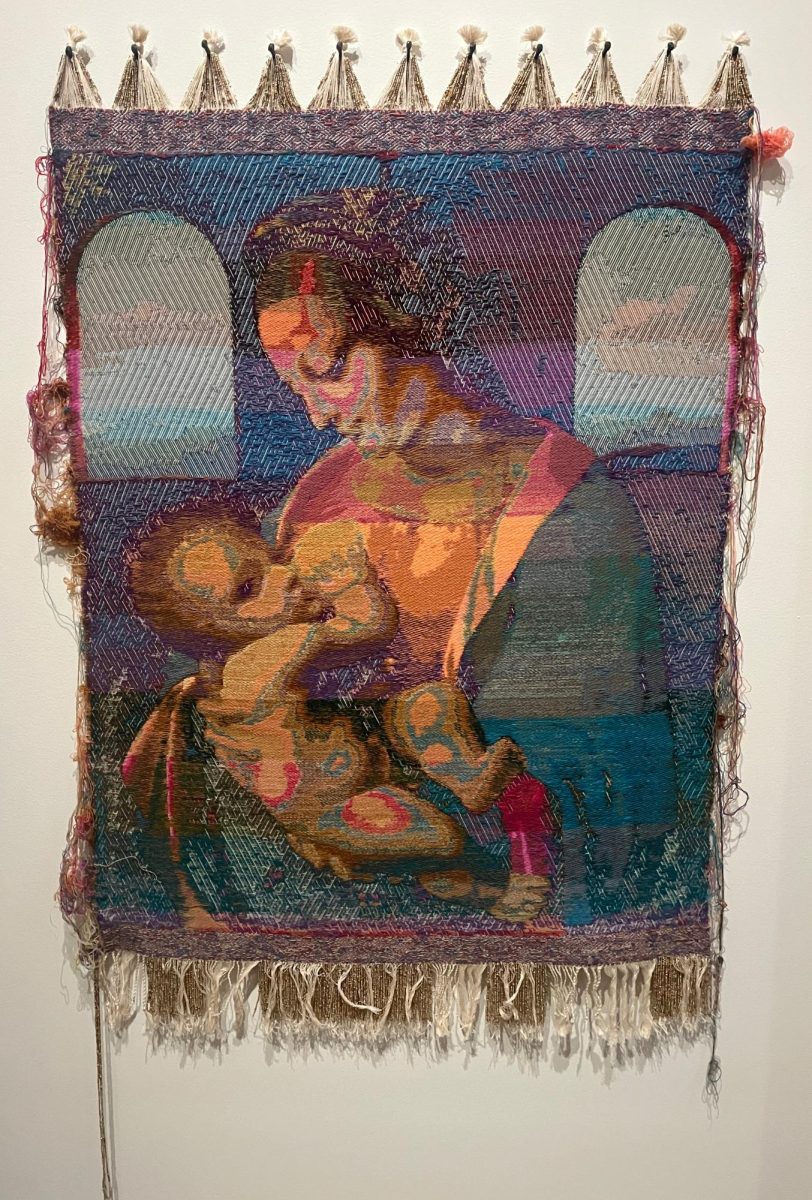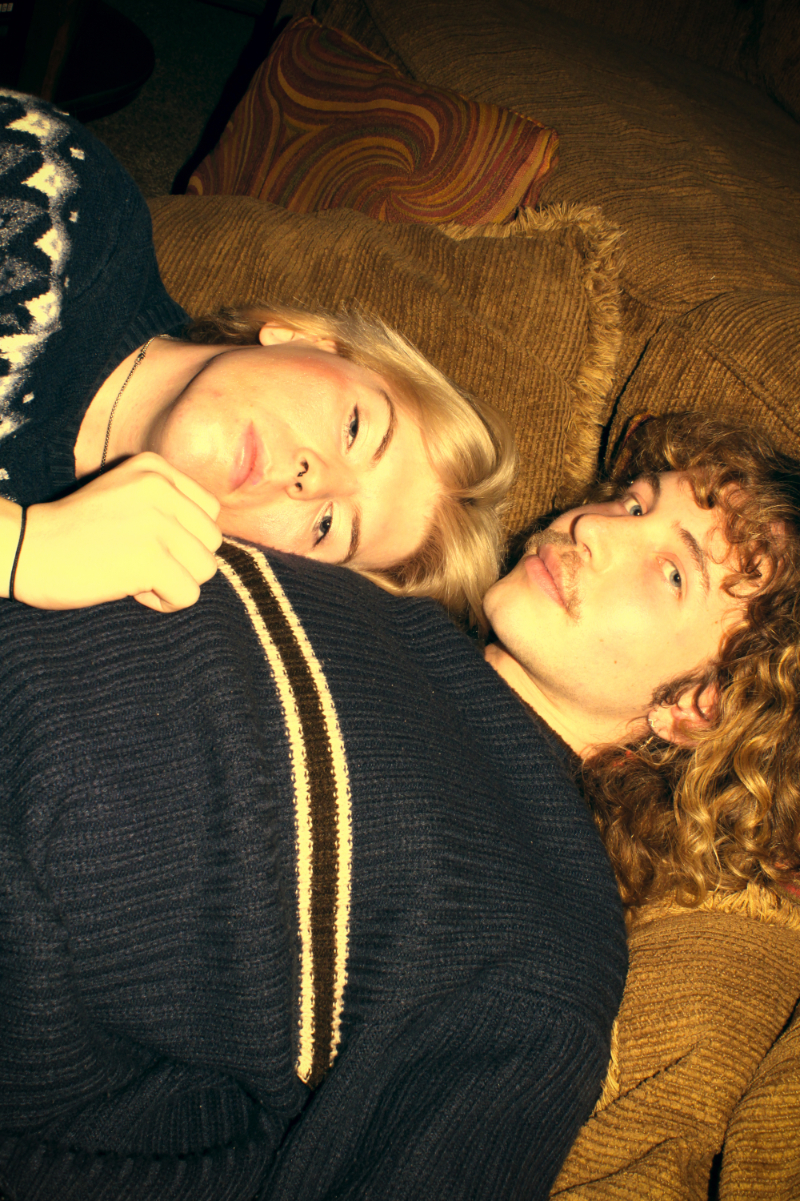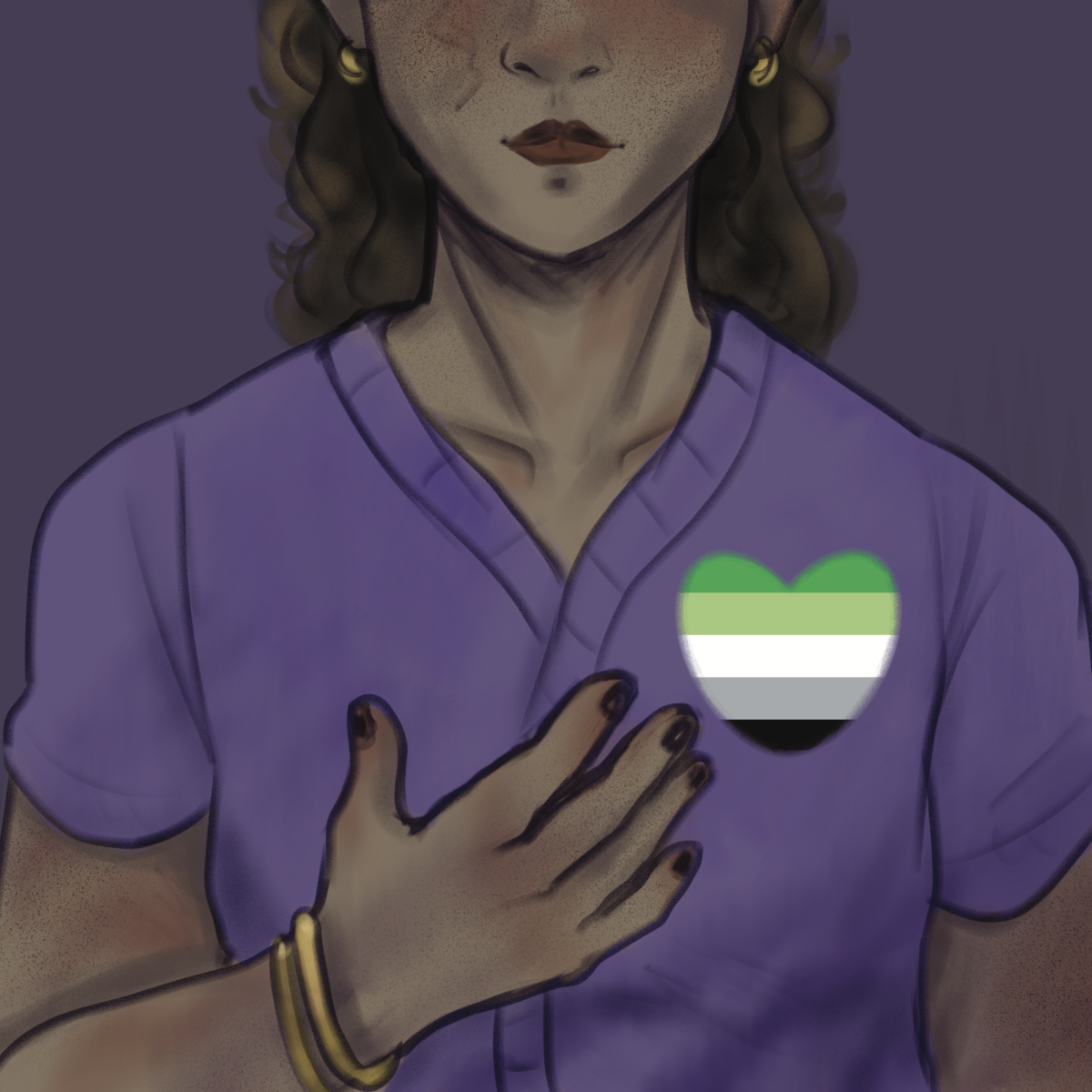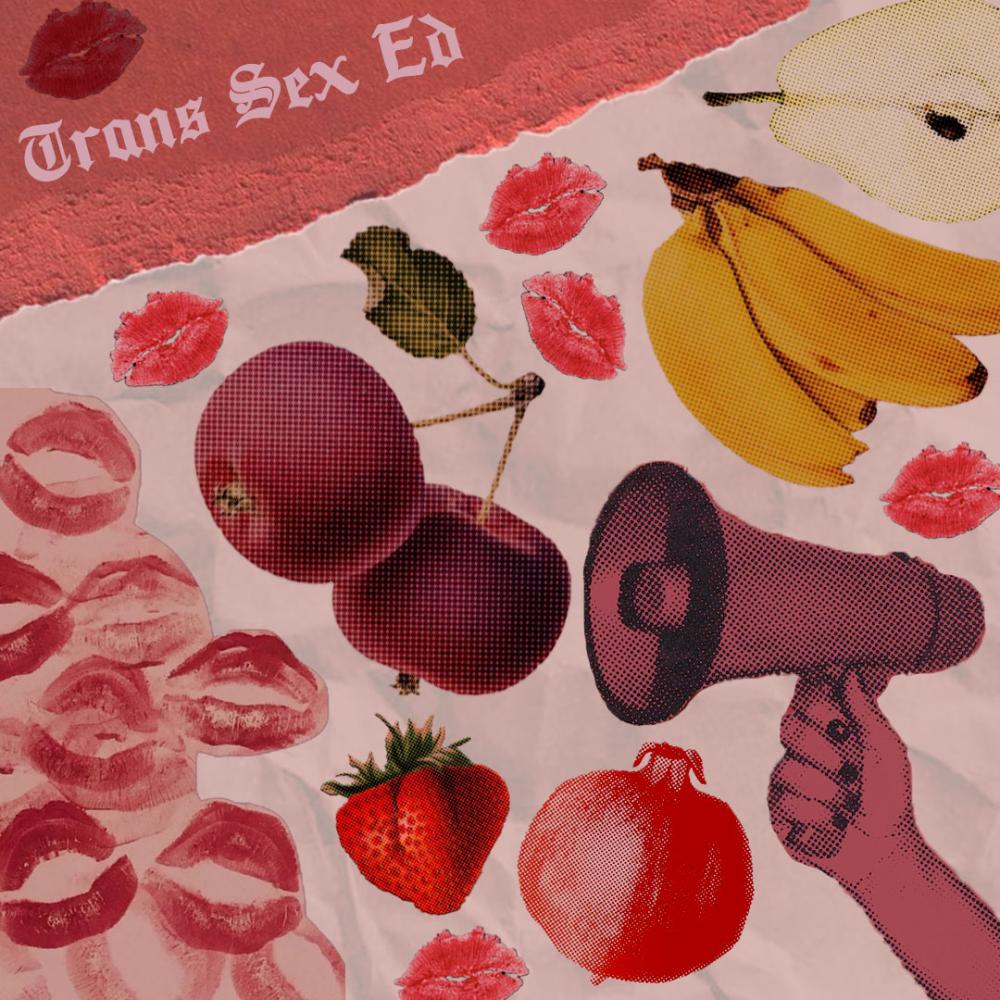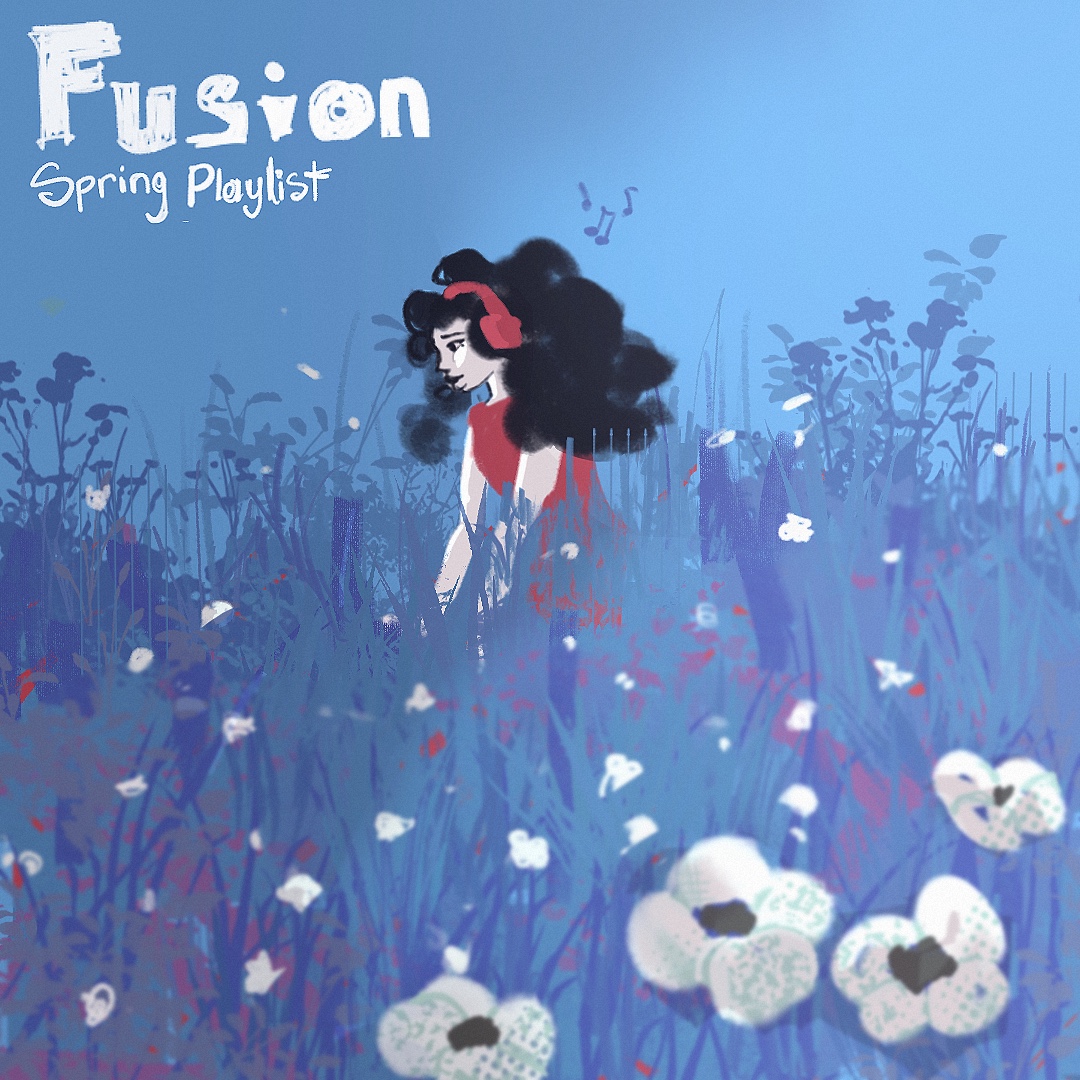Threads of colored wool and cotton interweave to create the image of “Madonna che allatta.” Originally a painting of a mother breastfeeding her baby as the sky and ocean sits behind them. It’s one of 14 pieces in a campus exhibit transforming traditional paintings into cloth.
The artist behind it is John Paul Morabito, the head of the textiles program at Kent State.
Morabito, who uses they/them pronouns has been teaching at Kent State for a little over two years, but for the first time in their tenure has gotten to show off their work in a solo exhibition. In “Madonna dei Femminellə,” Morabito explores the conflicts of queer identify and Catholicism.
“It’s a way of confronting this idea in a way that isn’t antagonistic, and through aesthetic gestures that try to find openings of new possibilities,” Morabito said.
The exhibition runs until June 22 at the Kent State University Museum and is free to any Kent State student.
The topics of the exhibition come from an earlier work in Morabito’s career, “Magnificat,” which they worked on from 2018 to 2020.
The exhibition includes depictions of other works, primarily from the Renaissance period, but often with distortions of their original forms. In “Madonna che allatta,” Morabito darkens the child’s eye. They also change the color scheme of the mother making it more yellow and green compared to the red and blue of the painting.
“They’re not quite the images, and that is an attempt to open at something else,” Morabito said.
Morabito has been creating textile art for over two decades. Their journey began in New York City in high school where they discovered their enjoyment of weaving. Eventually Morabito would find their way to Chicago. They acquired a BFA from the Maryland Institute College of Art and an MFA from the School of the Art Institute of Chicago, before landing at Kent State.
Through textiles, Morabito has been able to express their ideas and create messages for their audiences. They highlight what makes textiles unique compared with other forms of art.
“Textiles and weaving have a way of responding to the body,” Morabito said “It’s a mode of working that is part of a larger way of working that is about material practice.”
John Paul Morabito: 330-672-1358
Website: https://www.johnpaulmorabito.com/
https://www.kent.edu/museum/event/exhibition-john-paul-morabito-madonna-dei-femminell

